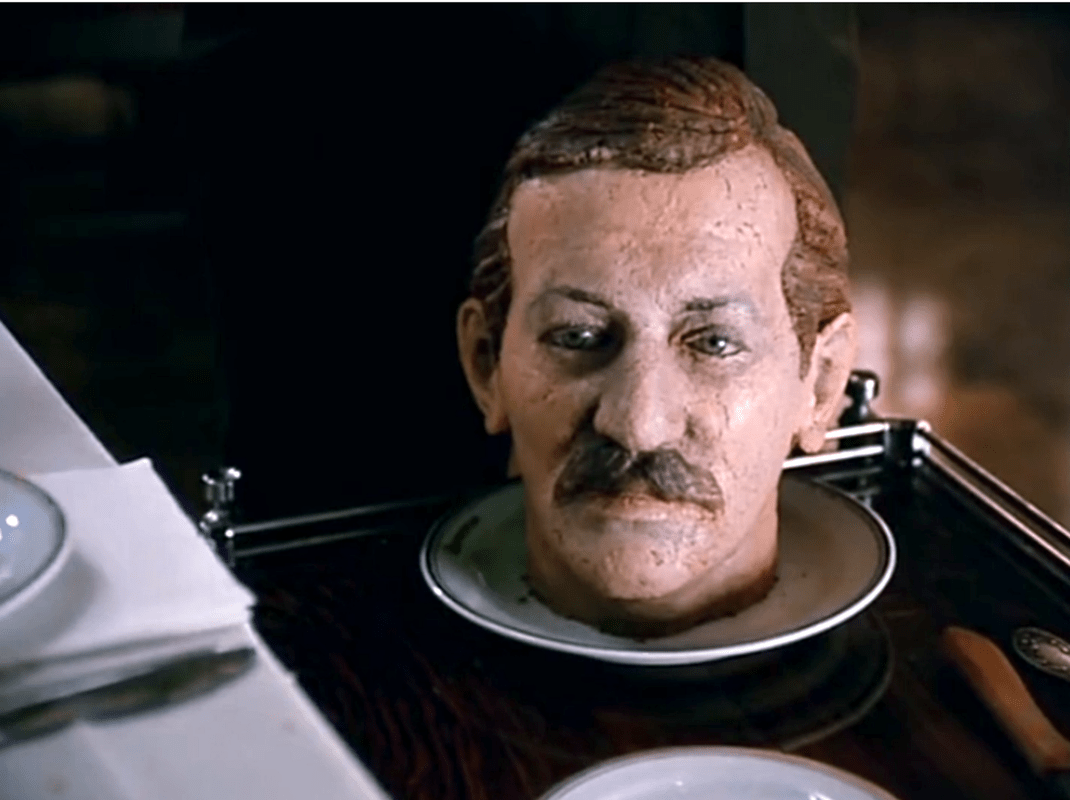
Taiwanese filmmaker Tsai Ming-liang wrote and directed Stray Dogs in 2017. Seeing it is not like seeing other films. There are two meanings to the word see. One is mechanical in that a person either sees or doesn’t see a thing. Either you are witness to something or you are not. The second definition is to understand, as in “I see what you mean.” Stray Dogs exists in a murky middle ground where we are witness to unfolding imagery but we don’t fully see what is happening or why. The viewer is constantly aware that he or she is watching a film. There is very little to draw you in. Most films, art house or not, try to some degree to transport you into their world. In Stray Dogs we remain an observer.
The film is made up of a series of very long shots. The shorts are often 5 or 8 minutes long and the camera does not move or zoom or do anything but record what is in front of it. What is in front of it is often something plain and still. A person smoking a cigarette in a field, someone sleeping, a street scene. The films is aurally sparse as well. There is very little dialogue and very little sound in general. Sometimes I wondered if my computer was buffering.
There is one shot that is just over 15 minutes long. The camera doesn’t move the characters hardly move, it’s almost like a a still photograph. It is immediately followed by another shot of the same scene but from a different angle that lasts for just under 7 minutes. Sitting through this kind of pacing is a lot to ask of an audience. I doubt that anyone can stay engaged for that long. Your mind drifts and this is where Stray Dogs changes the audience’s normal relationship to film. You spend the first two minutes engaged with the actors and the scene. You are inside the film but the longer it sits unmoving the harder it is maintain your engagement. It becomes a task you are performing. You are watching and waiting to see what happens. The act of watching becomes increasingly apparent the longer you wait.
There are other directors like Bela Tarr, and Roy Anderson who employ long still shots but its not the same. Anderson uses his as a sort of humorous timing. His scenes are hilarious but they are deadpan and slow. Stray Dogs defies timing. If you listen to a song and there is brief silence, or the beat drops out you can wait a few beats for it to come back and get a burst of drama when it returns, but if you wait too long the tension dissipates and the surge of excitement you feel when it returns is lost. Stray Dogs waits so long that the beat is forgotten, the song is over, people are leaving the club, and you are left a little disoriented.
Tsai Ming-liang is closer to Bela Tarr, but Tarr’s scenes are still tighter and more connected than Tsai Ming-liang’s. Both directors use pacing to lend gravity to the images and mood. Tsai Ming-liang’s film wanders around Taipei finding places to alight and observe. It is only about halfway through that we begin assembling some idea of pattern or narrative. As the locations begin to repeat themselves the camera gets closer to its subjects. Each time we see the male lead (we never learn anyone’s name) we get physically closer to him. The closer the camera gets, the closer we feel to him emotionally. Its a simple principle but it works.

There is no narrative arc or plot to speak of. This film is about persistence. Not heroic persistence despite adversity, but a persistent effort to stay alive in spite of deep despair. None of the characters accomplish anything or are transformed by anything. There is no hero’s journey here, just an effort to continue.
Stray Dogs is often gritty and direct, but its long takes feel like a daydream, like when someone is talking and you realize your mind is somewhere else. While the central family is squatting in a dismal cement building the little daughter tells her mother a story about a frog,
“The frogs want a king. There are lots of frogs in the pond. But because they’re weak they’re always being mistreated. They ask the fairy to send them a king so that no one will ever mistreat them again. At midnight they pray to have a king. But all they get sent is a simple stick of wood. The frogs pray again for a king. This time they get sent a crane, who eats them all up.
This story is not an existentialist parable, its just a depiction of misery. Stray Dogs doesn’t comment about the lack of meaning in life, or about our search for, or construction of meaning, it ignores these issues. We witness a series of events that the characters endure. As observers we will never know the full story. There is no story, life does not have a narrative arc, it simply, inexorably moves forward.

If you enjoyed this article click here for more
www.filmofileshideout.com/archives/if-you-havent-seen-a-tsai-ming-liang-film-start-with-the-hole



